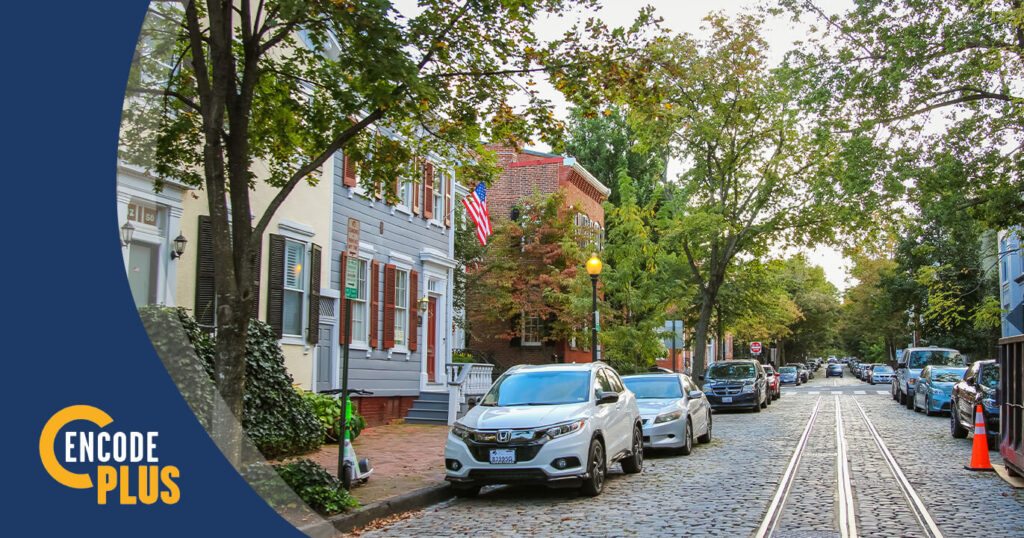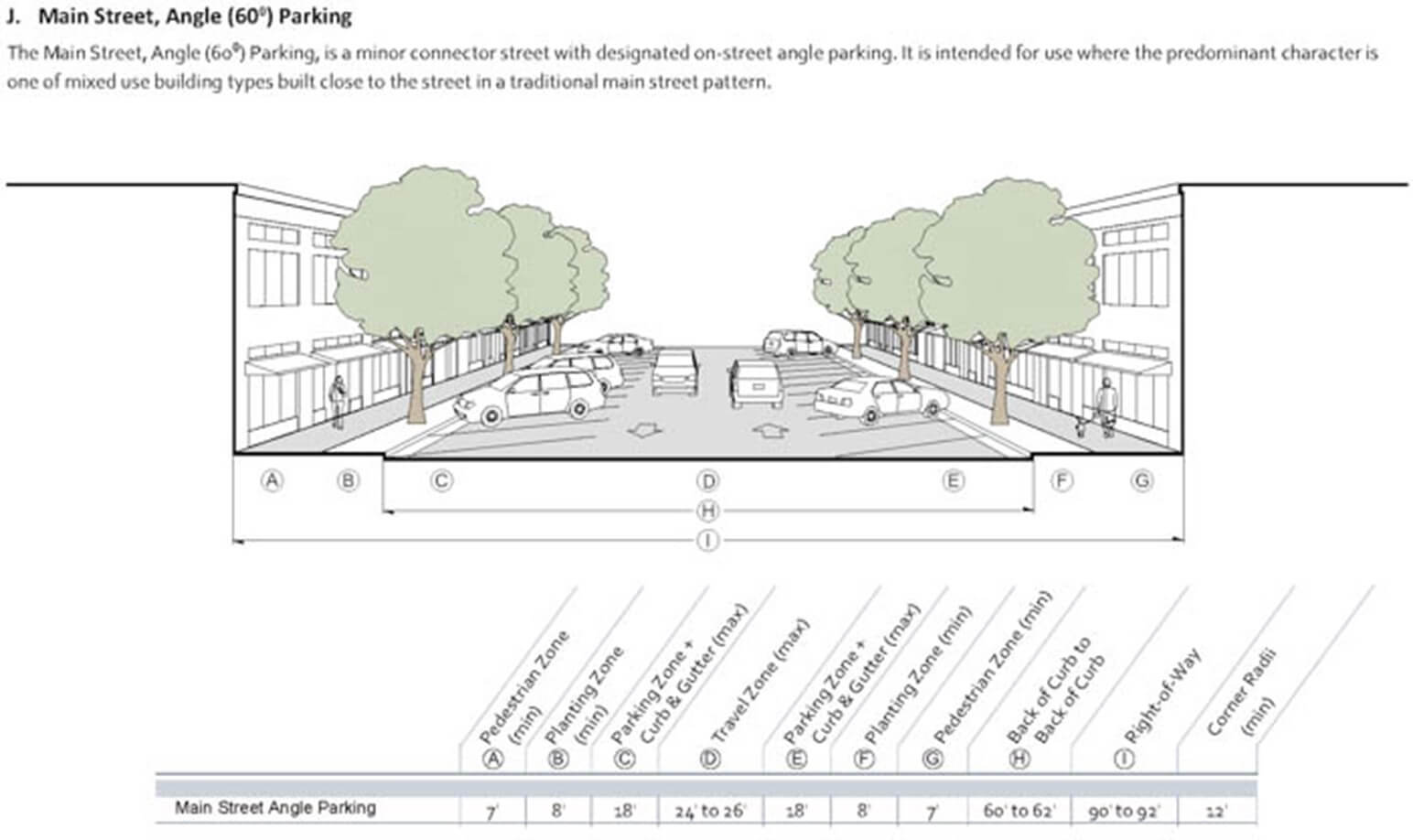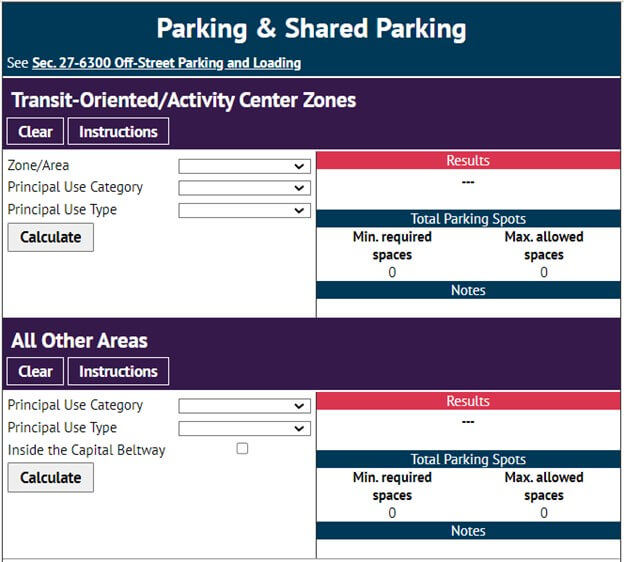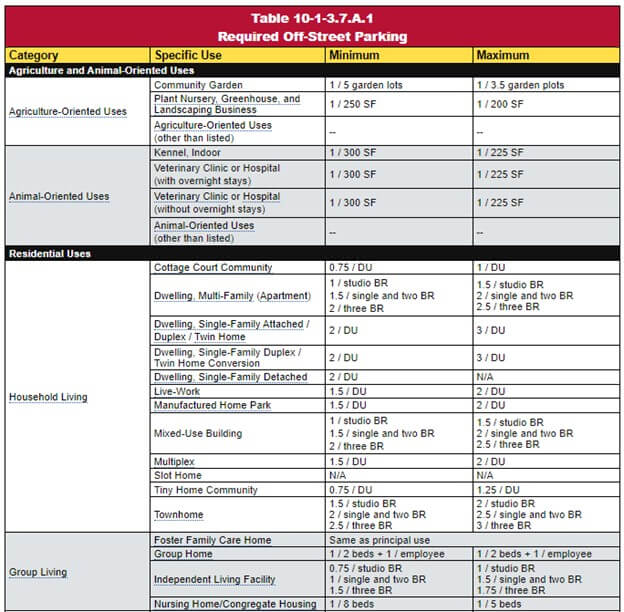
The development of the automobile started in 1672, leading to the first steam-powered automobile built by Nicolas-Joseph Cugnot in 1769. Prior to that time, streets were places for social gatherings and were primarily used by street cars, walking, and for activity such as festivals, markets, etc.
Over time, we gave the streets to the automobile and slowly increased the size of the roadways and speed limits causing pedestrians and bicyclists to feel less comfortable or safe on the streets.
In the words of Stephen King, “Life always offers you a second chance. It’s called tomorrow.” On-street parking, in combination with several other factors, has started to give the streets back to pedestrians and bicyclists by slowing down traffic, providing a buffer zone to pedestrians and bicyclists and encouraging a more walkable environment.
So how exactly are we giving the pedestrians and bicyclists back the streets?
First, positioning parking along a roadway typically causes motorists to slow down to avoid a potential collision with a driver who might pull out of a parking space and onto the roadway.
Second, by placing parking adjacent to a sidewalk or bike lane, we can provide a safe buffer zone for pedestrians to walk or bicyclists to ride their bikes without having cars speeding down the roadway just feet or even inches away.
Lastly, by zoning for a “zero setback line” or a “build-to line,” we can effectively eliminate parking along the frontage of a building, creating a more walkable environment.
Giving the roadway more of a multi-purpose use rather than an auto-dominated one is of paramount importance and is becoming more and more of a trend.
This is evident in the increase in the number of cap parks over freeways, narrower traffic lanes, pinchpoints, chicanes and lane shifts, speed tables, medians and pedestrian refuge zones, on-street parking and various other methods.
Just remember the words of Bert McCoy: “It’s never too late to question everything.”

Although development codes do not typically regulate where on-street parking can or cannot be placed, we here at Kendig Keast Collaborative have often written codes that incentivize on-street parking with off-street parking credit.
We have also implemented customized off-street parking and loading calculators or tables (developed by our sister company enCodePlus) for numerous clients.
For demonstrations or additional examples, please reach out to enCodePlus or for help with your codes and regulations, please reach out to Kendig Keast Collaborative!

